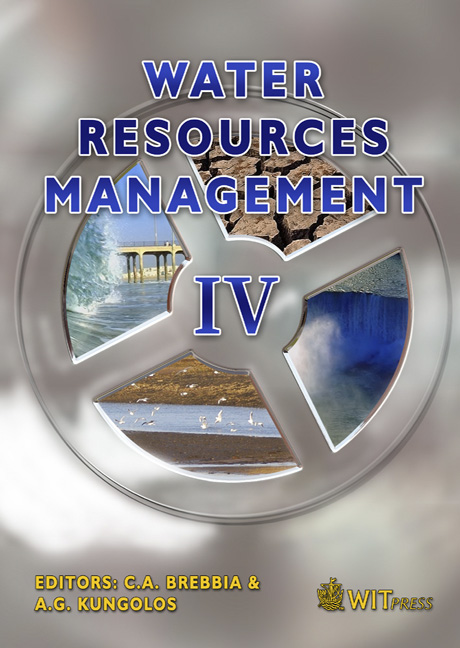Biotic Response To Altered Freshwater Inflow Patterns To The Kromme River Estuary, South Africa
Price
Free (open access)
Transaction
Volume
103
Pages
10
Published
2007
Size
456 kb
Paper DOI
10.2495/WRM070641
Copyright
WIT Press
Author(s)
T. H. Wooldridge
Abstract
The Kromme is an example of an estuary where freshwater inflow is significantly attenuated. Completion of a second major dam in 1983 increased total dam storage capacity above the Mean Annual Runoff (MAR) from the catchment. Currently, less than 2% of MAR reaches the estuary. Marine dominance is now persistent with little upstream variation in water salinity. Amplitude and frequency of flood events have also declined and most of the smaller floods and freshettes no longer arrive at the estuary. Sediment dynamics have also changed, particularly in the lower reaches where less frequent scouring enables disproportionately large sandbanks to develop. These sandbanks are only removed by very large floods. Sediment accumulation in the lower estuary has reduced the efficiency of tidal exchange and this exacerbates high salinity in the upper reaches. Because of changes to natural patterns in the physico-chemical environment, floral and faunal characteristics of the estuary have shifted. Eelgrass (Zostera capensis) particularly, has become more extensive (a four-fold increase in biomass compared to the natural state) due to less frequent floods. These eelgrass beds constitute the most important habitat with respect to invertebrate production. Invertebrate species that favour vegetated areas (e.g. the shrimp Palaemon perengueyi) currently dominate the benthic community while species that favour non-vegetated sediments have probably declined (e.g. the mudprawn Upogebia africana). Keywords: freshwater attenuation, dam, estuary, community changes.
Keywords
freshwater attenuation, dam, estuary, community changes.





